Basic Information
Observation Details
Observation Date:
November 23, 2022Submitted:
November 24, 2022Observer:
SAC - VandenBos (off duty)Zone or Region:
Soldier and Wood River Valley MtnsLocation:
East Fork Big Wood (6,500-9,500', primarily northern half of compass)Signs of Unstable Snow
Recent Avalanches?
YesCracking?
IsolatedCollapsing?
IsolatedBottom Line
The thin, weak snowpack that I encountered was capable of producing collapsing and avalanches. In most areas, the slab was lacking. But along high, exposed ridges, hard slabs were sensitive to my weight and I was able to trigger several avalanches.
Media/Attachments
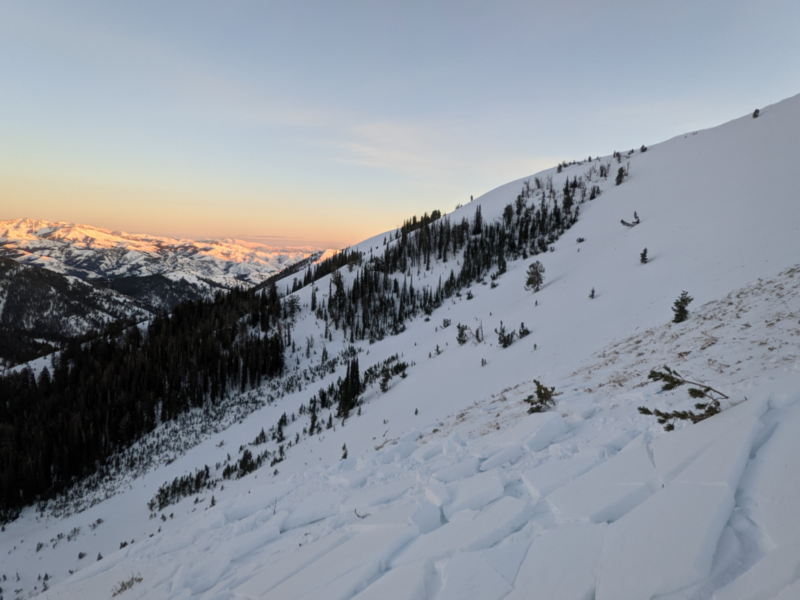
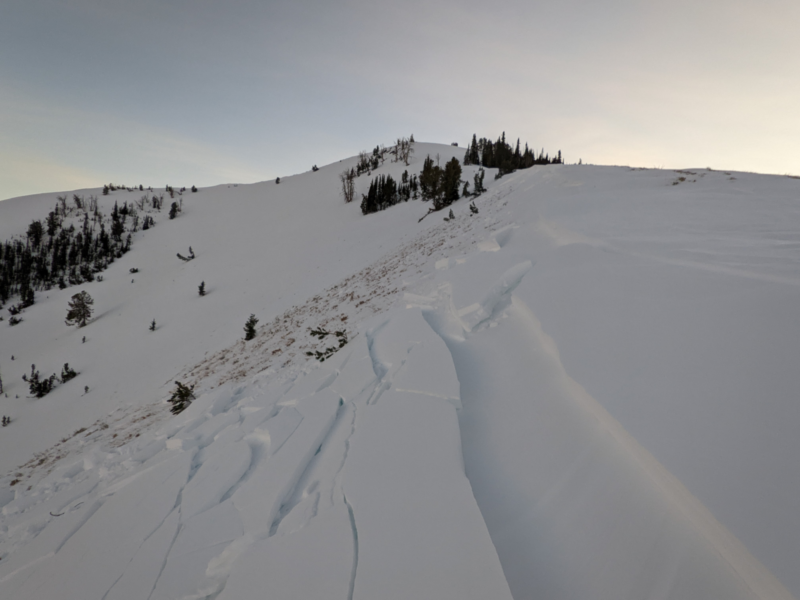
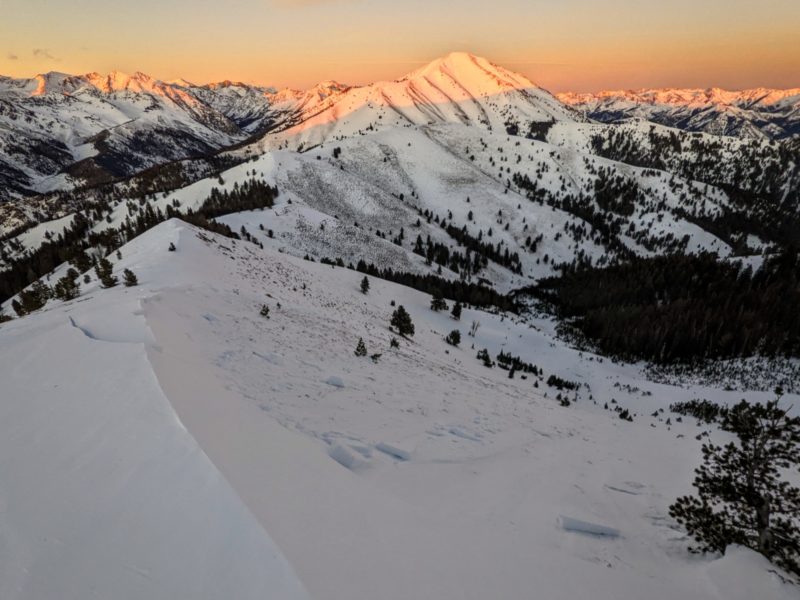
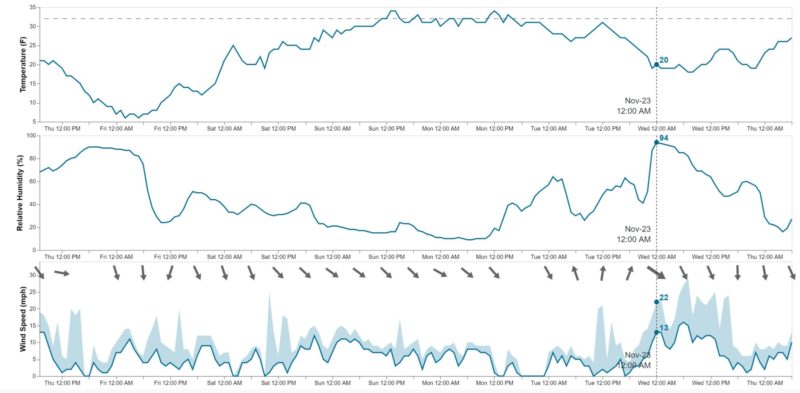
Advanced Information
Weather Summary
Cloud Cover:
Mostly SunnyWind:
Light , NWLight winds with short periods bumping into the low end of moderate, blowing out of the NW. Mostly clear skies with some streamers and bands of high stratus clouds. It may have snowed a touch of graupel here at best.
Avalanche Observations
| # | Date | Location | Size | Type | Bed Sfc | Depth | Trigger | Photos | Details |
|---|---|---|---|---|---|---|---|---|---|
| 3 |
Nov 23, 2022 5:00 pm (Exact) |
near Grays Peak E 9000ft |
D1.5 R1 |
HS-Hard Slab | O-Old Snow | 1.5ft |
AS-Skier r-Remote |




|
Report |
I did not observe any avalanches aside from the ones I triggered.
Snowpack Observations
This observation comes from very close to the border between the Galena Summit and Eastern Mtns zone and the Soldier and Wood River Valley zone.
Surfaces: an impressive coat of widespread surface hoar exists in this area. In most locations, the SH xtals are 1-3cm and standing tall. I found these from the valley bottom to at least as high as 8,700'. As it sits right now, this is the "best" layer of SH I've seen in this region in my short time here. If it gets buried in its current state it will certainly be able to produce avalanches once it has a slab on top.
Snowpack: down in the inversion zone the entire snowpack has faceted (F to F-). As you climb, the mid-pack begins to show a bit more strength, but not a ton (4F to F+). Travel would likely be significantly more difficult on skinny skis.
Triggered avalanches: I remotely triggered 3 slides from the ridgeline. All 3 appeared to have failed on very well-developed facets (2-4mm xtals of depth hoar with striated cups). The layer of DH was 2-5cm thick and sat on a stout melt-freeze crust that was glued to the ground. A very stiff, dense slab sat on top of this weak snow. The slabs that failed were localized to near the ridgeline and tapered to nothing within about 30m of the ridge. The bed surface of the larger slide had lots of grass and sagebrush poking through it. More information is available by looking at the avalanche occurrence entry for these slides.
Avalanche Problems
| Problem | Location | Distribution | Sensitivity | Size | Comments |
|---|---|---|---|---|---|
 Wind Slab
Wind Slab
|
|
Comments: Recently formed hard slabs near and along ridgelines. |
|||
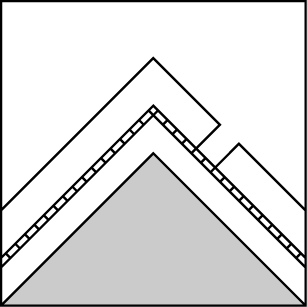 Persistent Slab
Persistent Slab
|
|
Unknown |
Weak Layer(s):
Nov 1, 2022 (FC)
Comments: October snow. Low confidence on rose shading, rose is shaded based on where problem is expected to exist in this area. |
Terrain Use
Avoiding avalanche terrain where slabs exist over weak snow.
